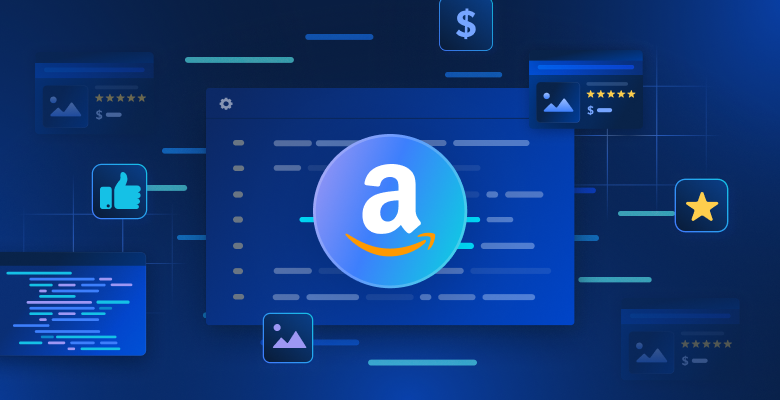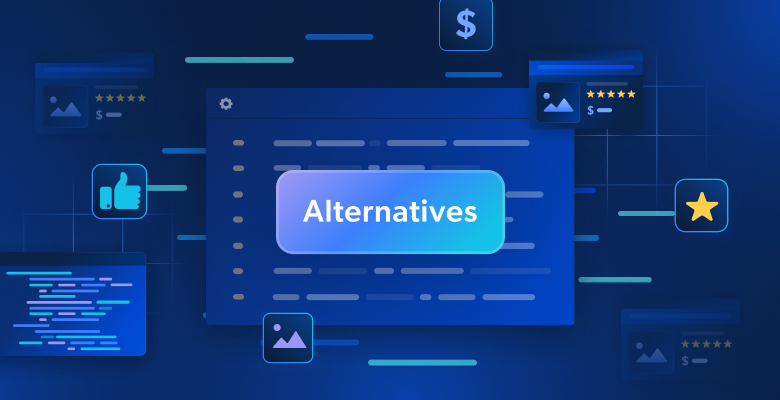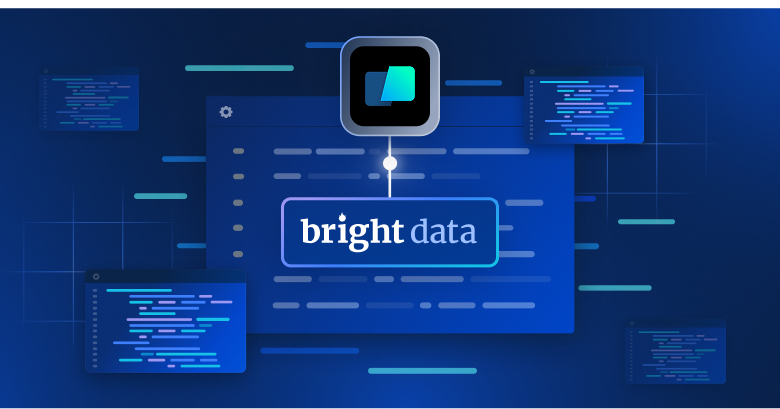Here is an index of the subjects we will discuss. Feel free to jump straight to the sections that interest you most:
- What is social media marketing
- Who uses data for social media marketing
- How social media data is used
- Common issues when collecting data from social media
- Social media data collection solutions
- Social media data FAQs
- Is social media data right for your business?
What is social media marketing
Social media marketing is part art, part science. It is about using data to identify which posts customers are engaging with and then creating content inspired by that to create brand awareness.
It is about identifying new trends, and hashtags to enrich your company pages and paid ads. It is about identifying influencers in your space with a massive following and authority so that you can work together with them as your brand’s ambassador. There are a lot of other different social media marketing use cases, and we’ll dive into them soon.
Who uses data for social media marketing
Data for social media marketing is used by a wide variety of professionals including:
- Independent freelance marketeers
- Marketing agencies
- In-house marketing departments
- MarTech technologies and applications such as audience discovery tools, real-time ad optimization, and influencer discovery software
It used to be the case that only well-funded marketing departments at huge firms could gain access to structured web Data-on-Demand. But with the advent of new data collections tools (as I will discuss more in-depth in a bit) professionals no longer need to maintain in-house infrastructure and DevOps teams in order to gain access to the data that they need.
How social media data is used
Here are some of the more popular, and effective ways in which social media data is currently being used for marketing:
One: Social media groups for trending content
By collecting data from specific groups on social media, businesses can better understand what kind of content their target audiences are most interested in. It can be used to follow certain hashtags, for example, and to easily find trends and popular topics.
Two: Discussion forums to identify collective issues
On Reddit, for example, there are subreddits about specific topics, some of which could be super helpful for businesses looking to solve a problem or provide a solution. In this case scenario, the data available on a given subreddit (e.g. https://www.reddit.com/r/SEO/) can be utilized in order to identify what the biggest issues SEO specialists are dealing with at the moment. This would be based on the popularity of topics, contents of entries, as well as comments about specific cases that many professionals are currently encountering.
A good example of this is a thread that is trending: ‘Do I need to submit all my Sitemaps?’. A company that offers sitemap indexation as part of their marketing tool can now push this feature front and center, now that they know it is of special interest to their target audiences.
Three: Competitor ad/post analysis
Digital retail companies work to improve their ad campaigns by finding the products with the highest Sell-Through Rates (STRs) to promote, based on customer geolocation. Marketers can now see which titles and content their competitors use to promote similar products as well as which of the posts were the most engaged with.
Some of the issues the audience might have include: too much manual work when looking to find new employees on LinkedIn, a lack of understanding of what their customers are actually looking for, a statistics gap regarding a certain issue or topic, the ability to collect data about viral organic posts belonging to competitors, and more.
Four: Influencer marketing
Identifying influencers that can collaborate on promoting your brand. Different types of partnerships with relevant personas may include:
- Finding a full-time ambassador that exudes your brand’s look and feel
- Publishing influencer content on your channels to attract new/relevant eyeballs
- Setting up content exchanges or takeovers in which the person with industry authority takes over your accounts and publishes content or vice versa, helping to generate brand awareness
Common issues when collecting data from social media
According to a survey conducted by Sprout Social, 72% of executives use social media data in order to inform their day-to-day business decision-making process.

From here, the value of social media-generated data is evident, the only thing is that many issues arise when trying to obtain important target data points. These include:
- Geolocation – Many companies are located in one specific country, say England. Yet they have customers around the globe. So they may want to collect social media data from accounts based in Japan or Argentina. The issue is that their IPs are British and will very often be detected as such and served data that may differ from how a local end user would view it.
- Real-time – Many social media trends are happening now (today, this week), and companies need to be able to collect this data quickly, analyze it, and then generate campaigns that create a dialogue with it. The problem is that manual data collection, cleaning, and synthesizing is a very slow process. This means that by the time a relevant insight has been generated the opportunity may have already passed, deeming the data irrelevant and superfluous.
- Volume/scalability – Many companies need varying amounts of data volume based on what stage of product development/maintenance they are in. A new product that is based on social media data such as an ‘audience discovery tool’ will need massive amounts of data points in order to train algorithms. Whereas a product that is up and running may only need very specific amounts of data each time a new supported category is added to a dashboard, for example. But this level of agility is hard to attain when data collection is in-house. What do you do with all of your data collection specialists/software/hardware when there is a “slow month”? Those assets sit idle for the most part, driving up costs with operational maintenance.
Social media data collection solutions
Automated data collection solutions like Bright Data’s Web Scraper APIs help solve issues similar to the ones presented in the section above as follows:
One: Leveraging a global network of local peers
Bright Data enables companies to collect data using a network of people from around the globe who have opted into its data collection network. This means that when companies are looking to collect social media data pertaining to target audiences in Japan and Argentina, for example, they can tap into local desktops or mobile devices and be served accurate trend data as it is being displayed to real end-users. This can also benefit companies in their attempts to create more accurate localization campaigns based on regional customs, for example.
Two: Understanding consumer journeys in real-time
Bright Data has cutting-edge technology alongside a team of data collection professionals coupled with infrastructure that enables companies to gain access to target data within minutes. This includes accessing review posts, group pages, engagement data, influencer information, and competitor social campaigns in real-time. This is crucial to being able to anticipate product popularity as well as shifting marketing efforts and messaging based on what is happening in the moment.
Three: Data collection flexibility
Web Scraper API gives businesses increased control in terms of data collection volume. Team leaders can gain access to as much or as little data on an ‘as-needed-basis’. This means that during the algorithm training phase, large quantities of data can be pooled into data lakes. Then data collection can be turned off for a few weeks. And as new clients from new industries are on-boarded, relevant data can then be collected, meaning budgets can fluctuate based on what’s happening on the ground.
It’s easy to get started with these ready-to-use data collectors
Here is a sampling of a few out of hundreds of templates that were built by our army of developers. All you need to do is choose the social network you want to access data from and click ‘Try now’:







